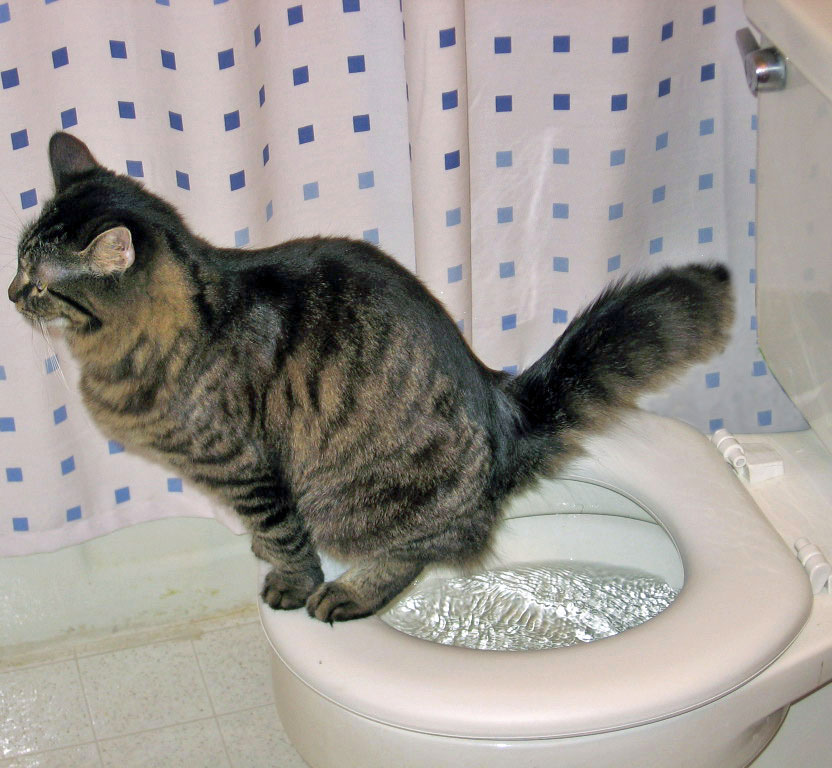They are making several good pointers on How to Dispose of Cat Poop and Litter Without Plastic Bags overall in the article in the next paragraphs.

Introduction
As feline proprietors, it's essential to be mindful of exactly how we throw away our feline close friends' waste. While it may appear practical to flush cat poop down the commode, this method can have damaging effects for both the environment and human health.
Alternatives to Flushing
Luckily, there are safer and much more accountable ways to dispose of cat poop. Consider the following choices:
1. Scoop and Dispose in Trash
One of the most common technique of throwing away feline poop is to scoop it right into a naturally degradable bag and toss it in the trash. Make sure to make use of a specialized litter inside story and dispose of the waste quickly.
2. Use Biodegradable Litter
Opt for naturally degradable pet cat clutter made from materials such as corn or wheat. These trashes are eco-friendly and can be safely disposed of in the trash.
3. Bury in the Yard
If you have a backyard, think about burying cat waste in a designated location far from veggie yards and water resources. Be sure to dig deep adequate to stop contamination of groundwater.
4. Set Up a Pet Waste Disposal System
Purchase a family pet waste disposal system specifically made for pet cat waste. These systems make use of enzymes to break down the waste, minimizing odor and environmental effect.
Health and wellness Risks
In addition to ecological worries, flushing cat waste can additionally position wellness threats to people. Cat feces may contain Toxoplasma gondii, a bloodsucker that can create toxoplasmosis-- a potentially severe ailment, specifically for expecting ladies and individuals with weakened body immune systems.
Ecological Impact
Purging pet cat poop introduces damaging virus and parasites into the water supply, posturing a considerable risk to marine ecosystems. These impurities can adversely affect aquatic life and concession water quality.
Verdict
Responsible family pet possession prolongs beyond offering food and sanctuary-- it also includes appropriate waste management. By refraining from flushing cat poop down the toilet and selecting different disposal techniques, we can reduce our environmental footprint and shield human health.
Why Can’t I Flush Cat Poop?
It Spreads a Parasite
Cats are frequently infected with a parasite called toxoplasma gondii. The parasite causes an infection called toxoplasmosis. It is usually harmless to cats. The parasite only uses cat poop as a host for its eggs. Otherwise, the cat’s immune system usually keeps the infection at low enough levels to maintain its own health. But it does not stop the develop of eggs. These eggs are tiny and surprisingly tough. They may survive for a year before they begin to grow. But that’s the problem.
Our wastewater system is not designed to deal with toxoplasmosis eggs. Instead, most eggs will flush from your toilet into sewers and wastewater management plants. After the sewage is treated for many other harmful things in it, it is typically released into local rivers, lakes, or oceans. Here, the toxoplasmosis eggs can find new hosts, including starfish, crabs, otters, and many other wildlife. For many, this is a significant risk to their health. Toxoplasmosis can also end up infecting water sources that are important for agriculture, which means our deer, pigs, and sheep can get infected too.
Is There Risk to Humans?
There can be a risk to human life from flushing cat poop down the toilet. If you do so, the parasites from your cat’s poop can end up in shellfish, game animals, or livestock. If this meat is then served raw or undercooked, the people who eat it can get sick.
In fact, according to the CDC, 40 million people in the United States are infected with toxoplasma gondii. They get it from exposure to infected seafood, or from some kind of cat poop contamination, like drinking from a stream that is contaminated or touching anything that has come into contact with cat poop. That includes just cleaning a cat litter box.
Most people who get infected with these parasites will not develop any symptoms. However, for pregnant women or for those with compromised immune systems, the parasite can cause severe health problems.
How to Handle Cat Poop
The best way to handle cat poop is actually to clean the box more often. The eggs that the parasite sheds will not become active until one to five days after the cat poops. That means that if you clean daily, you’re much less likely to come into direct contact with infectious eggs.
That said, always dispose of cat poop in the garbage and not down the toilet. Wash your hands before and after you clean the litter box, and bring the bag of poop right outside to your garbage bins.
https://trenchlesssolutionsusa.com/why-cant-i-flush-cat-poop/

Do you appreciate reading up on Don’t flush cat feces down the toilet? Post a comment further down. We'd be glad to hear your views about this write up. We are looking forward to see you back again in the future. Sharing is caring. Helping others is fun. I recognize the value of reading our article about How to Dispose of Cat Poop and Litter Without Plastic Bags.
Information Here